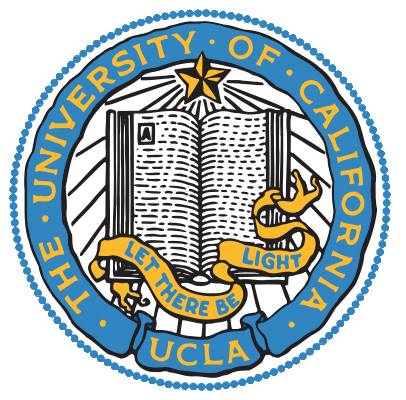History
Program Evolution and History
Since it was established in 1960 by Drs. Moses A. Greenfield and Amos Norman, the Physics and Biology in Medicine IDP has promoted a fundamental understanding of the applications of radiation and imaging techniques to diagnosis and/or treatment of disease. In the past, the emphasis of the program was in classical medical physics. In 1980, the Radiation Therapy Division split from the department to become the Department of Radiation Oncology. In that same year, the Graduate Council of UCLA suggested that the program broaden the scope of medical physics education because of the tremendous growth in the field of medical physics during the previous twenty years. Dr. Michael Phelps, Jennifer Jones Norton Simon Professor and Chief, Division of Nuclear Medicine and Biophysics was appointed chair of the Planning Committee, along with members Dr. Amos Norman, Professor of Radiation Oncology and Radiological Sciences, Dr. James Smathers, Professor of Radiation Oncology, and Dr. Greenfield, Professor of Radiological Sciences. Dr. H.K. Huang was recruited as Professor of Radiological Sciences and Acting Chief of the Division of Medical Physics in April 1982 and joined the Planning Committee. The preliminary plan for the reorganization of the program was submitted on April 6, 1983, and the Graduate Council approved the final proposal on May 15, 1984.
The graduate program adopted the name "Biomedical Physics" to signify a broadened scope by the offering of four subspecialties in: Biophysics/Nuclear Medicine, Medical Imaging, Therapeutic Medical Physics and Radiobiology and Experimental Radiation Oncology. Dr. H. K. Huang was appointed chief of the graduate program in July 1984. From 1984 to 1992 he guided the program in this newer format and garnered contract and grant awards, as well as developed connections with various commercial industries that were able to provide support for student research projects. In 1992 Dr. H. K. Huang accepted a position in the Department of Radiology at UCSF Medical Center. Dr. Moses A. Greenfield was then asked to return and he assumed the position of Acting Director of the Graduate Program, and continued until October 1996 when Dr. Edward J. Hoffman became the Director. In the interim, in 1993, the Nuclear Medicine division transferred to the Department of Pharmacology (which was renamed the Department of Molecular and Medical Pharmacology).
At this point the faculty and students were more or less equally distributed among the three departments of Radiological Sciences, Radiation Oncology and Molecular and Medical Pharmacology. In 1996, the Graduate Program transformed into an Inter-Departmental Program with equal financial responsibility shared among the three participating departments.
Forty eight years and more than 200 graduate degrees later, our program is now one of the largest graduate education programs in Biomedical Physics in the nation. In 1993 application was made, for the first time, for certification by CAMPEP. The application was approved, and the program became certified in 1994 and was renewed in 1999.
In July 2004, Dr. Edward J. Hoffman died after a short battle with cancer. Dr. Michael McNitt-Gray was then appointed as Director of the graduate program. Dr. McNitt-Gray, a graduate of the program, had served as the Faculty Graduate Advisor for the past two years and as the Medical Imaging representative for the previous four years.
Effective Fall 2014, the Biomedical Physics program has changed its name to Physics and Biology in Medicine. The reason for the name change is to more accurately reflect the balance between the physics and biological research activities within our program. While this may seem like a subtle change, the new name puts the physics and biology components of our program on more equal footing, rather than having one be just a modifier of the other.





















